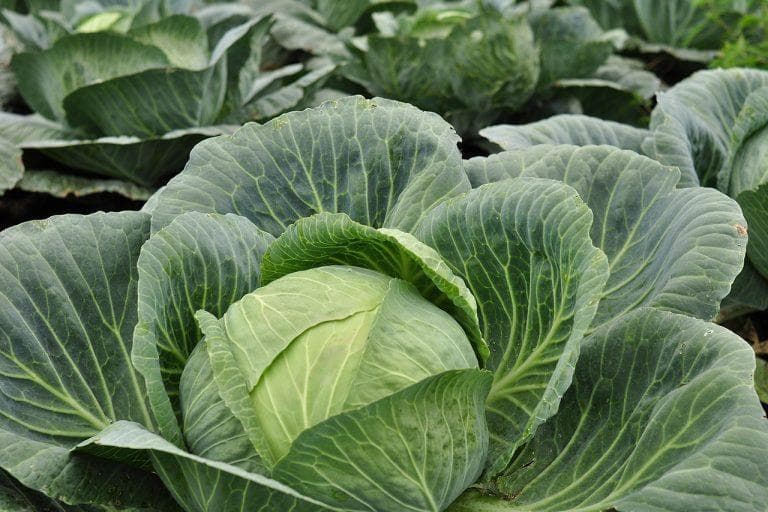Loading News Article...
We're loading the full news article for you. This includes the article content, images, author information, and related articles.
We're loading the full news article for you. This includes the article content, images, author information, and related articles.
With micro-lender loans financing agricultural ambitions, an in-depth analysis reveals the thin line between profit and peril for Kenya's small-scale dairy farmers.

NAIROBI, Kenya - For many Kenyan families, the prospect of owning a high-yielding dairy cow represents a tangible step towards economic stability. The question of financing this dream, often through a micro-loan of around KSh 300,000, is a daily consideration in households across the nation. However, a Streamline News investigation into the economics of this venture reveals a complex picture where high interest rates, volatile milk prices, and soaring operational costs can quickly turn an investment into a significant financial burden.
The dairy sector is a cornerstone of Kenya's agricultural economy, contributing significantly to the national GDP and supporting over one million smallholder farmers. The allure of a daily income from milk sales is powerful, but the pathway to profitability is fraught with challenges that require careful financial navigation.
Securing a quality dairy cow is the first hurdle. Prices for a good in-calf or freshly calved heifer, typically a Friesian or Ayrshire, can range from KSh 100,000 to over KSh 350,000, depending on genetics, age, and proven milk yield. A budget of KSh 300,000 places a farmer in the market for a high-potential animal, but it rarely covers the additional setup costs for housing and initial feed stock.
Turning to micro-lenders is a common route for financing. While accessible, these loans come at a steep price. Digital and microfinance lending rates in Kenya can range from 18% to as high as 70% in total annual interest and fees. For a KSh 300,000 loan, even at a competitive microfinance rate of 20% per annum over two years, the monthly repayment would be approximately KSh 15,200. This fixed monthly cost becomes the primary pressure point on the venture's viability.
In contrast, state-owned institutions like the Agricultural Finance Corporation (AFC) offer more favorable terms, with some agribusiness loans advertised at 10% per annum. However, these often have stricter collateral and eligibility requirements, making them less accessible for many small-scale farmers.
A healthy, well-managed Friesian cow can produce between 20 to 40 litres of milk per day. Assuming a conservative average of 20 litres daily, the potential gross monthly income can be calculated. As of early 2025, processors like New KCC were offering farmers a minimum of KSh 50 per litre. This translates to a potential monthly revenue of KSh 30,000 (20 litres/day * KSh 50/litre * 30 days).
However, this revenue is immediately offset by substantial operational costs:
Subtracting these operational costs (an estimated KSh 7,500 to KSh 11,000) from the gross revenue of KSh 30,000 leaves a farmer with a gross profit of roughly KSh 19,000 to KSh 22,500. When the micro-loan repayment of KSh 15,200 is deducted, the net monthly profit dwindles to between KSh 3,800 and KSh 7,300. This slim margin leaves little room for unforeseen challenges.
The profitability calculation is highly sensitive to numerous risks. Animal diseases, such as mastitis or tick-borne illnesses, can decimate milk production and incur significant veterinary bills. Milk prices can fluctuate, and delayed payments from processors can strain a farmer's cash flow. Furthermore, climate variability, including droughts, directly impacts the availability and cost of feed, which can erase profits entirely.
Experts from the Kenya Agricultural and Livestock Research Organization (KALRO) have noted that while many farmers own cattle with high genetic potential, actual milk yields are often low due to challenges like underfeeding and suboptimal animal husbandry. A 2023 KALRO study highlighted that reducing feed costs is the most critical factor for improving dairy profitability.
For the aspiring dairy farmer with a KSh 300,000 loan, the path to success is not guaranteed by the quality of the cow alone. It demands rigorous financial discipline, comprehensive knowledge of animal husbandry, and a solid plan for managing costs and mitigating risks. While the dream of a thriving dairy business is attainable, relying on high-cost micro-credit makes it a high-stakes venture that requires more than just hope to succeed.